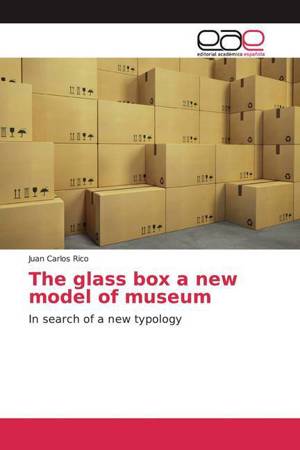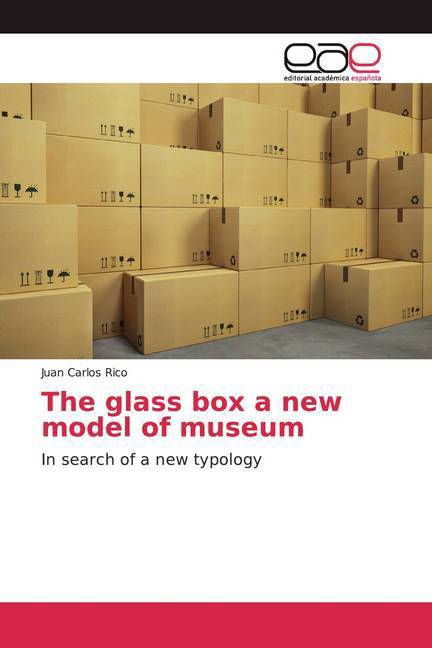
- Afhalen na 1 uur in een winkel met voorraad
- Gratis thuislevering in België vanaf € 30
- Ruim aanbod met 7 miljoen producten
- Afhalen na 1 uur in een winkel met voorraad
- Gratis thuislevering in België vanaf € 30
- Ruim aanbod met 7 miljoen producten
Zoeken
Omschrijving
Searching for a new typology: What do we do when we do not like what we have and we want to replace it with something new, but we do not know what this should be? This question, apparently so obvious, is, for me, the definition of the word 'crisis', and is much more significant than it might seem at first sight in any field of knowledge, including architecture, which is the field we are interested in. The glass box is a collective research project that tries to find an abstract spatial prototype (not situated in any concrete location but easily adaptable to all) that defines the new organisation of all the museum components in order to replace the obsolete programme of the present-day museum. Its name refers to a double meaning: on one hand conceptual transparency, on the other spatial transparency. The former entails an intent to reflect in a clear way the whole process generated by the development of the project. The aim of the physical transparency is to achieve, via the spatial organisation, maximum visual permeability of all activities of the museum for the visitor.
Specificaties
Betrokkenen
- Auteur(s):
- Uitgeverij:
Inhoud
- Aantal bladzijden:
- 212
- Taal:
- Engels
Eigenschappen
- Productcode (EAN):
- 9786200011275
- Verschijningsdatum:
- 1/07/2019
- Uitvoering:
- Paperback
- Formaat:
- Trade paperback (VS)
- Afmetingen:
- 152 mm x 229 mm
- Gewicht:
- 317 g

Alleen bij Standaard Boekhandel
+ 170 punten op je klantenkaart van Standaard Boekhandel
Beoordelingen
We publiceren alleen reviews die voldoen aan de voorwaarden voor reviews. Bekijk onze voorwaarden voor reviews.











